Gov. Gavin Newsom confirmed during a press conference Monday that all regional stay-at-home orders have been lifted in the state and that counties will be returning to a tier-based system of COVID-19 measures.
Under this transition, the majority of counties in California, including Los Angeles County, will be back in the purple tier under the Blueprint for a Safer Economy that closes many non-essential indoor businesses. The purple tier indicates widespread risk, and many businesses are able to operate with outdoor modifications.
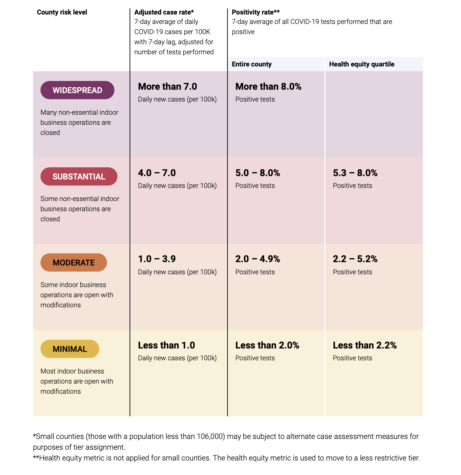
“While we are proud of the framework we put out, the CDC put out, and others, but we recognize it has advantages and it has disadvantages as it relates to speed and efficiency,” Newsom said.
Dr. Mark Ghaly, California’s secretary of Health and Human Services, said health officials will focus on COVID-19 case rates rather than regions’ intensive care unit capacity projections.
He, along with the governor, maintained that state coronavirus information will be made public moving forward.
“Sharing that very publicly, sharing the lessons learned, I think is key to continuing to develop the confidence of our state, our public, in receiving the vaccine and getting us on the other side of this pandemic,” Ghaly said. “Using actual transmission rates, actual test positivity to evaluate how a county can move forward with the relative reopening plan that’s stipulated in the blueprint.”
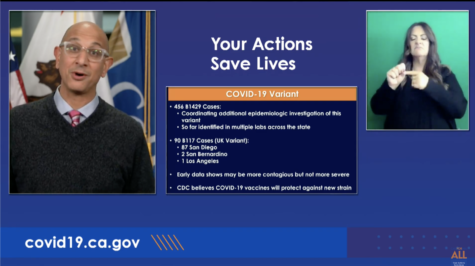
Since Long Beach has its own health department, the city may have its own measures in place, though it is likely they will be in line with county guidelines.
Newsom said that California is ranked 26th in the nation in positivity rates, according to Johns Hopkins University data, and maintained that the state is on a steady decline regarding positive cases.
He intends to move toward an age-based eligibility vaccination process that prioritizes speed and Californians aged 65 and older.
Daily vaccinations tripled in the state over the last few weeks, Newsom said, and he is looking to distribute one million more vaccines in the next 10 days.
“Getting to herd immunity, getting vaccines to everybody that wants them administered and getting to a point where we can go back to some semblance of the new normal with all the resiliency, that now resides within each and every one of us,” Newsom said.

As of Jan. 19, almost the entire state is under the purple tier, with the exception of Trinity County in Northern California, Mariposa County in the San Joaquin Valley region and Alpine County in the greater Sacramento region, which are all in the red tier, or substantial risk.
Sierra County in the greater Sacramento region is the only county in the orange tier, which indicates moderate risk.
Ghaly will be providing weekly coronavirus updates regarding data and county progress, and Newsom announced that an improved vaccination plan will be laid out tomorrow that maintains consistency, accountability and variability.
Long Beach residents looking to get the vaccine can do so at several locations in the county and can find out when they become eligible via the city’s plan.

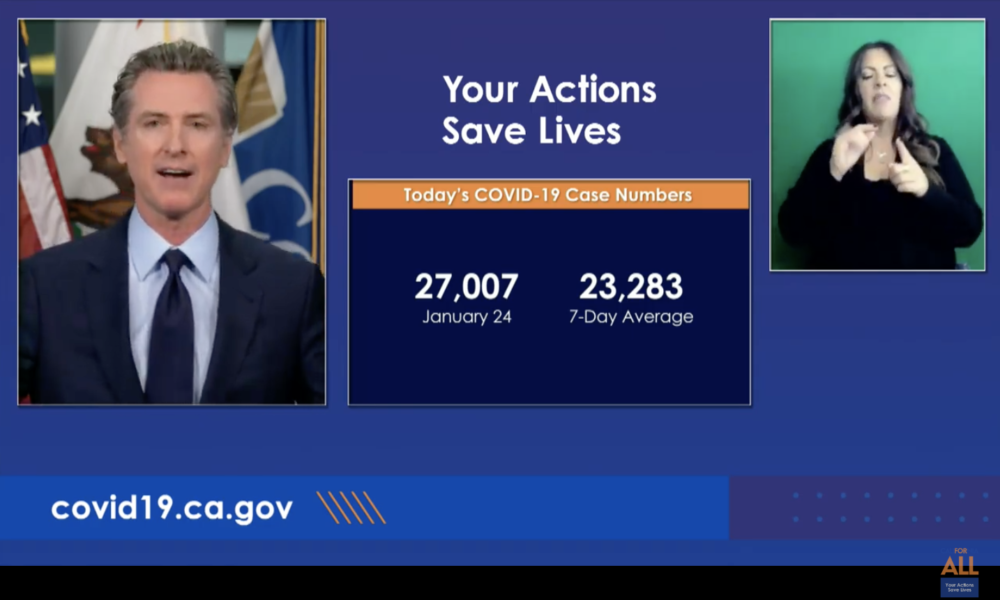
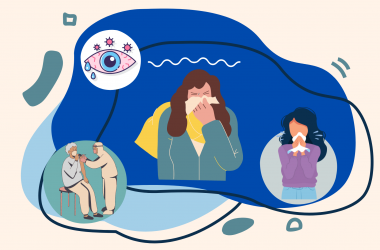
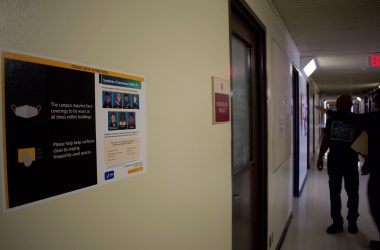

Pingback: CSULB students return back to work as restaurants reopen in Long Beach - Daily Forty-Niner